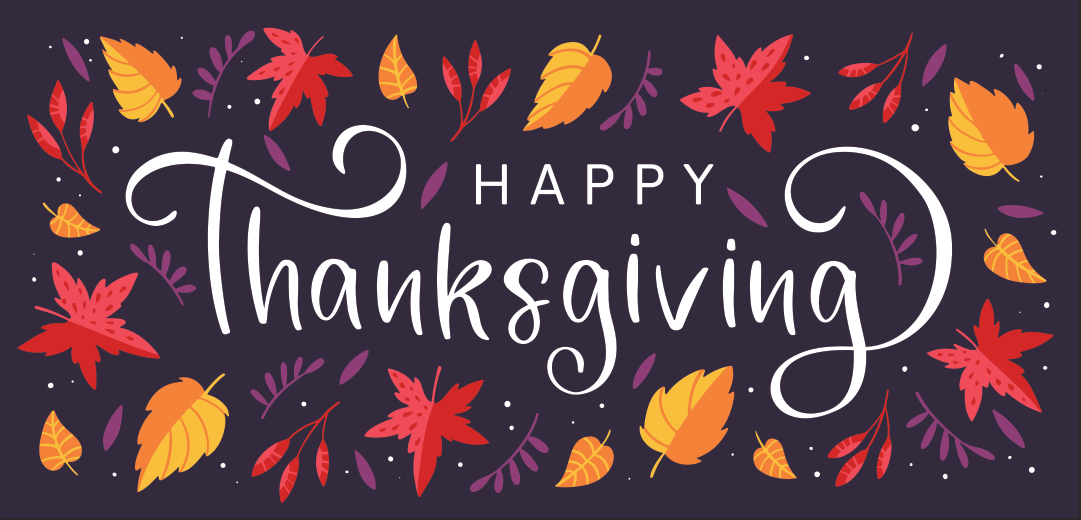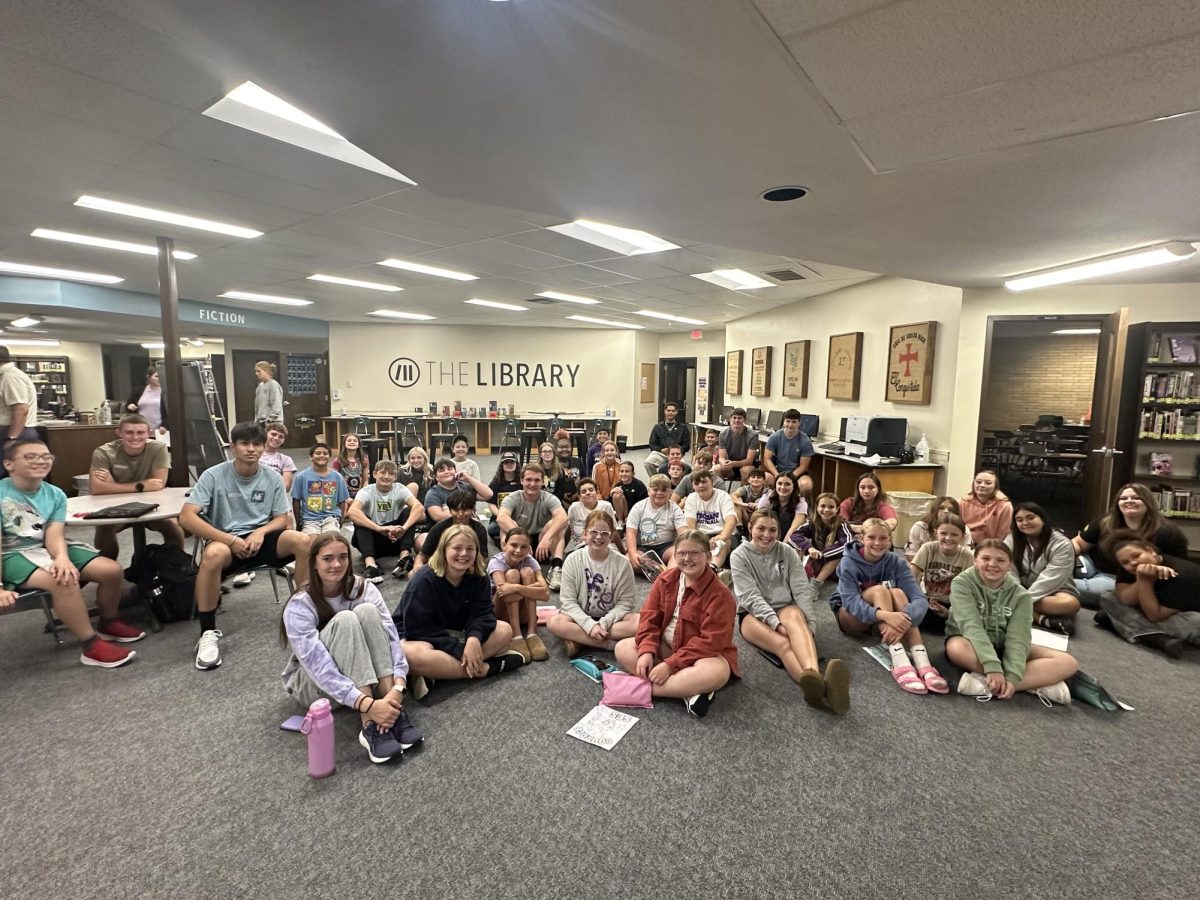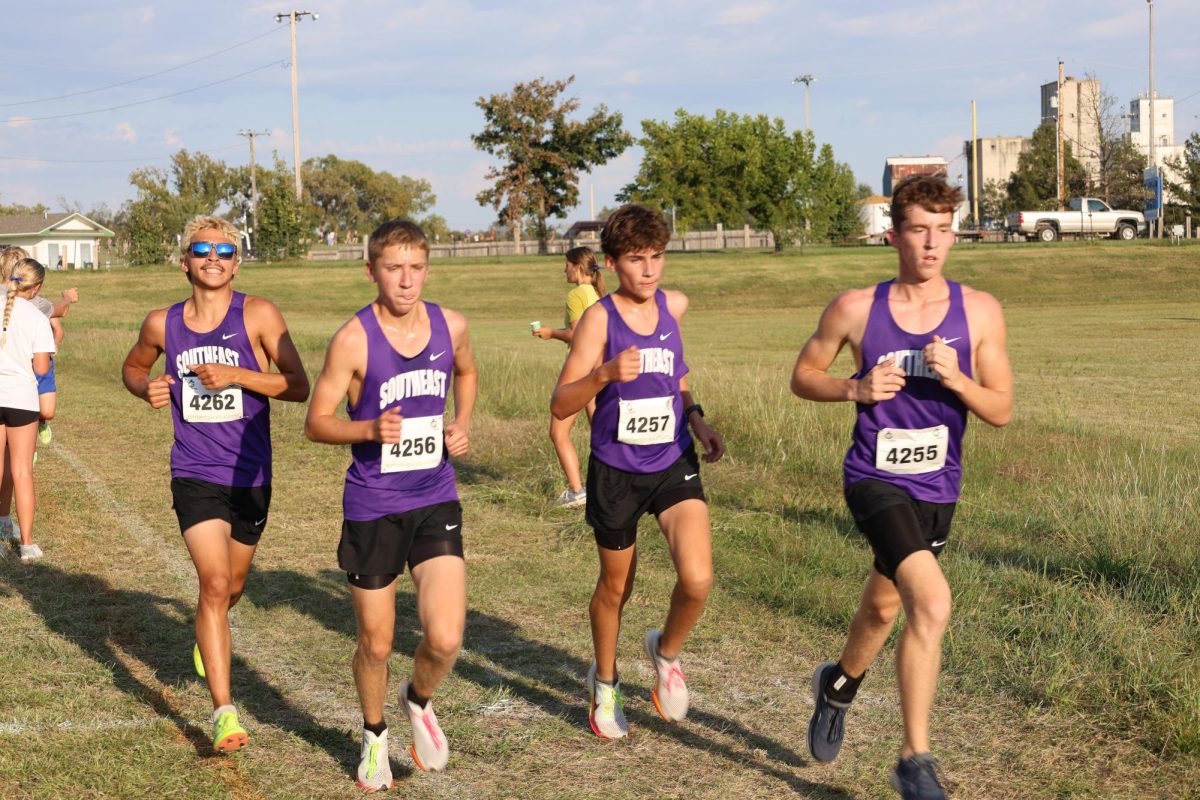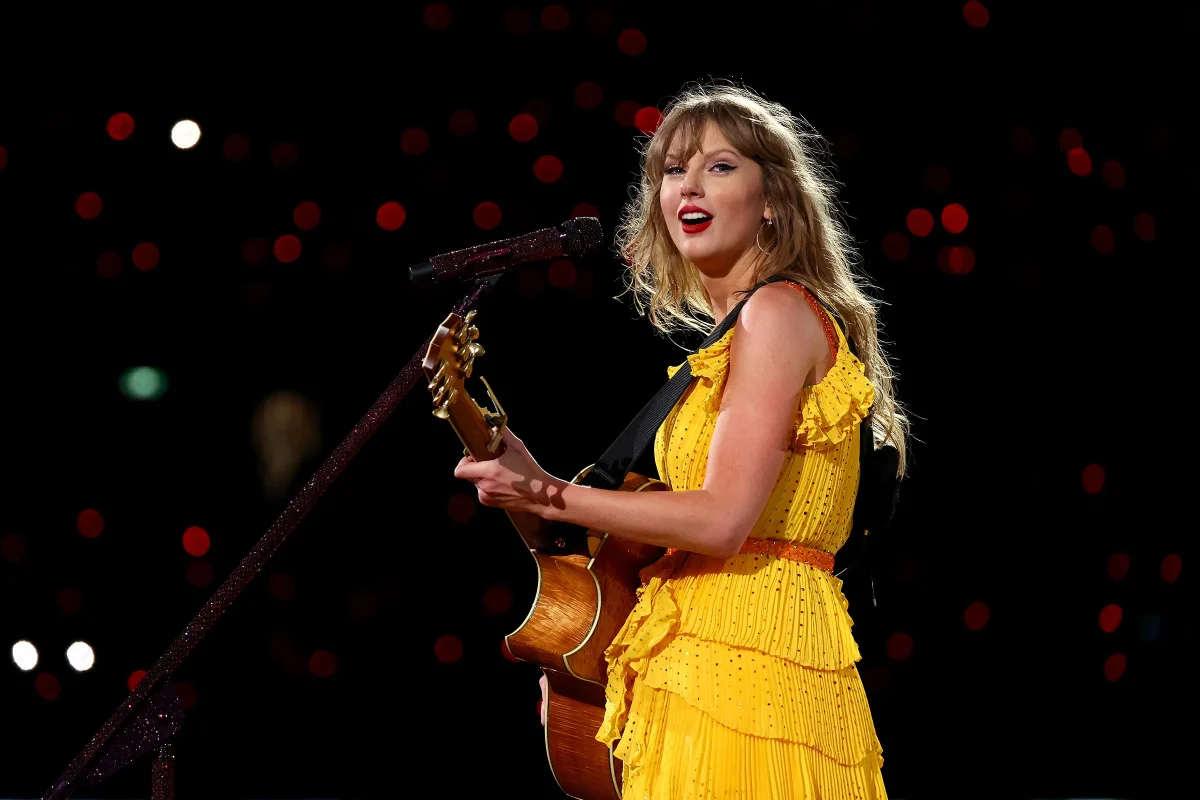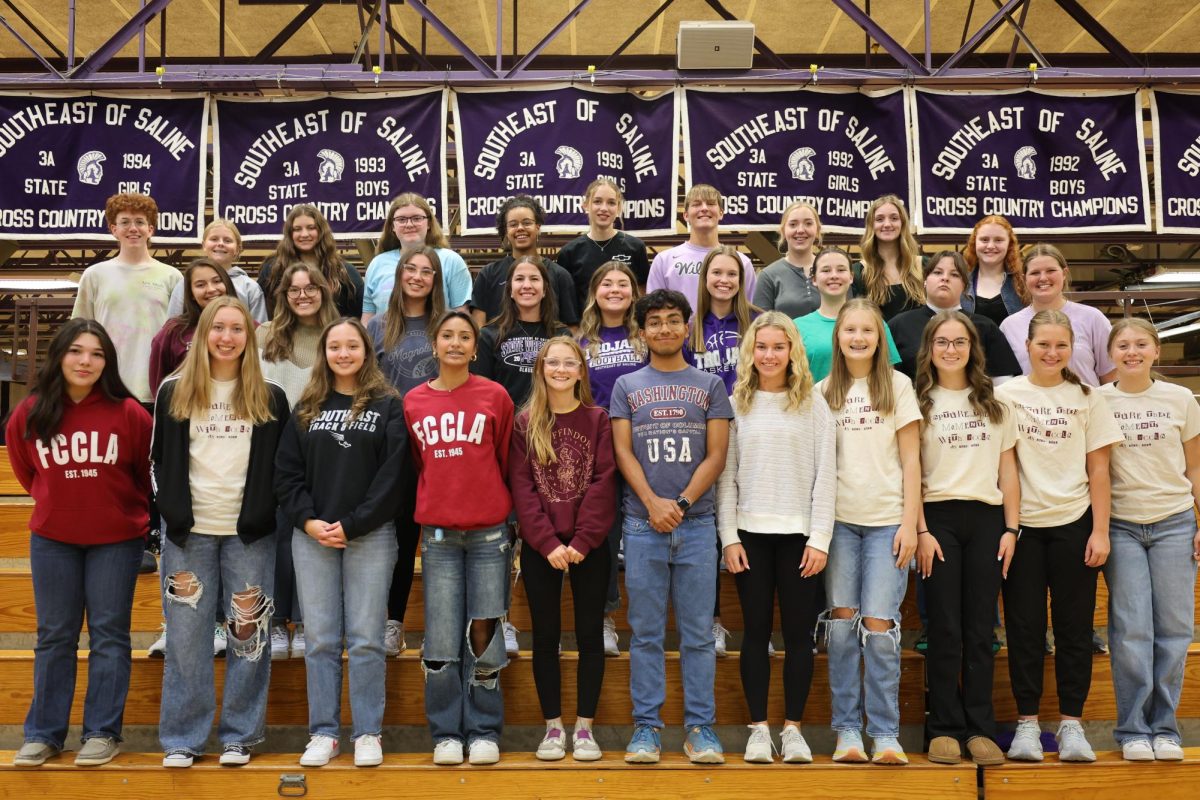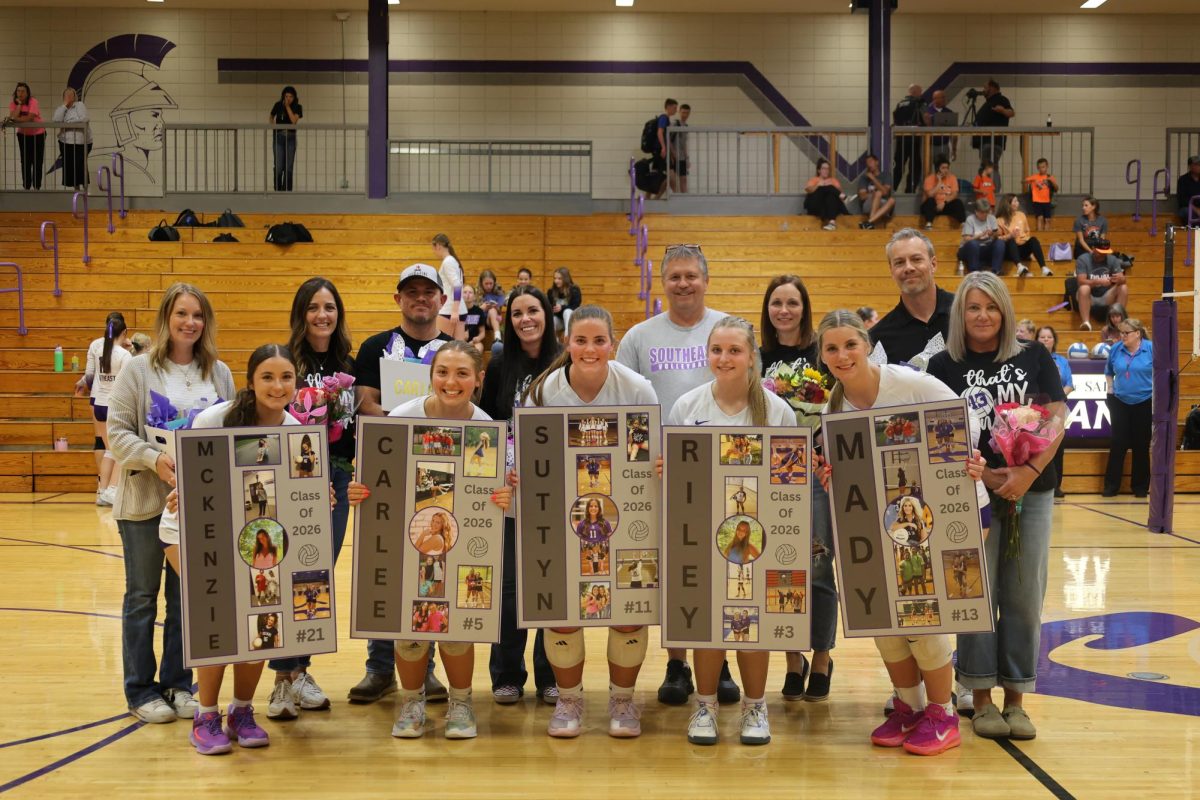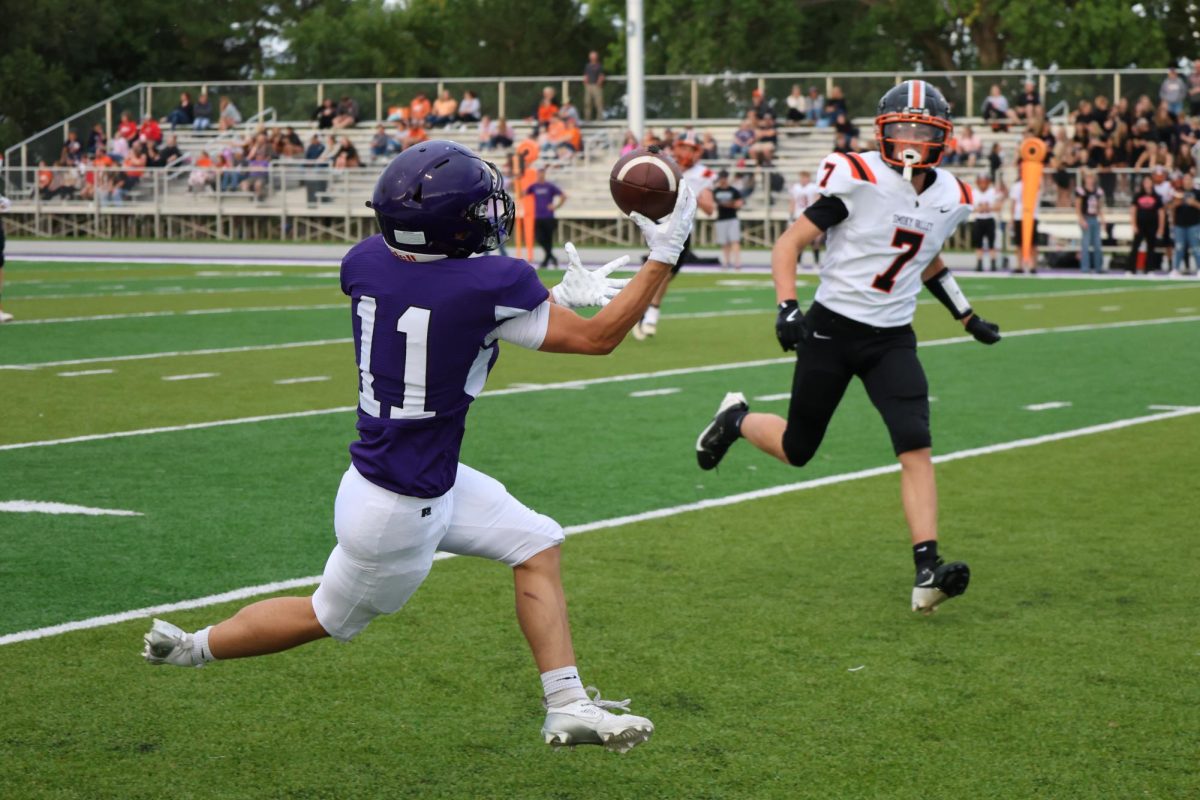Thanksgiving is a holiday that many people look forward to each year, filled with family gatherings, delicious food, and football games. Behind the turkey and pumpkin pies is a complex history dating back centuries. While it is widely seen as a time to give thanks and spend time with loved ones, the origins of Thanksgiving are deeply rooted in the early history of the United States.
The most commonly told story about Thanksgiving is the one involving Pilgrims and Native Americans in 1621. According to a popular tradition, the Pilgrims who had come to America seeking religious freedom shared a feast with the Wampanoag tribe after their first successful harvest in the New World. This event is often considered the “First Thanksgiving”. However, this reality is a bit more complicated than it looks. The Pilgrims had arrived on the Mayflower in 1620, and life was tough for them. Many of the settlers died in the first harsh winter due to disease and starvation. With the help of the Native American tribes, particularly the Wampanoag, they learned how to grow crops like corn and beans, which helped them survive. The feast in 1621 was likely a celebration of their successful harvest, but it was not the same, “Thanksgiving” we think of today.
The idea of a “Thanksgiving” was not new. Before the 1621 feast, both Native American and European settlers observed their harvest festivals and ceremonies of gratitude. The Pilgrims’ version of Thanksgiving was likely more of a religious observance, thanking God for their survival and the harvest.
Thanksgiving didn’t become an official holiday until much later. The holiday as we know it today didn’t begin until the 19th century. Sarah Josepha Hale, a writer best known for writing the nursery rhyme “Mary Had a Little Lamb”, played a key role in making Thanksgiving a national holiday. She spent years writing letters to U.S. presidents urging them to establish a national day of thanks. In 1863, during the Civil War, President Abraham Lincoln finally declared Thanksgiving a national holiday, choosing the last Thursday in November as the official date Lincoln hoped that this holiday would serve as a way to unite the divided nation.
Since then, Thanksgiving has evolved into a time for families to come together, enjoy a big meal, and reflect on what they’re thankful for. It’s also become a time for traditions like watching parades, cheering on favorite teams during football games, and volunteering to help those in need.
While this holiday is a time for celebration, it’s important to remember that Thanksgiving can be a difficult day for some. For Native Americans, the holiday can be a reminder of the violence, displacement, and loss they suffered after European settlers arrived. Many Native American communities observe a National Day of Mourning on Thanksgiving Day to honor their ancestors and raise awareness about the impact of colonization.
In conclusion, Thanksgiving is a holiday with a long and complicated history. It’s a time to reflect on the past, appreciate the present, and spend time with family and friends. Understanding its origins and the different perspectives surrounding it can help us celebrate the holiday in a more meaningful and thoughtful way.


